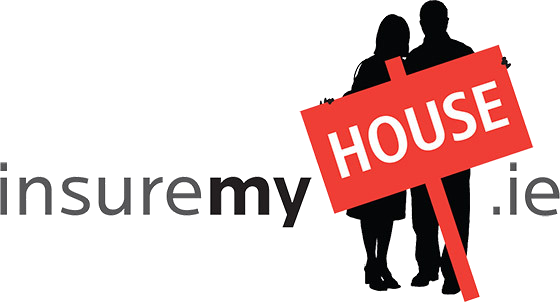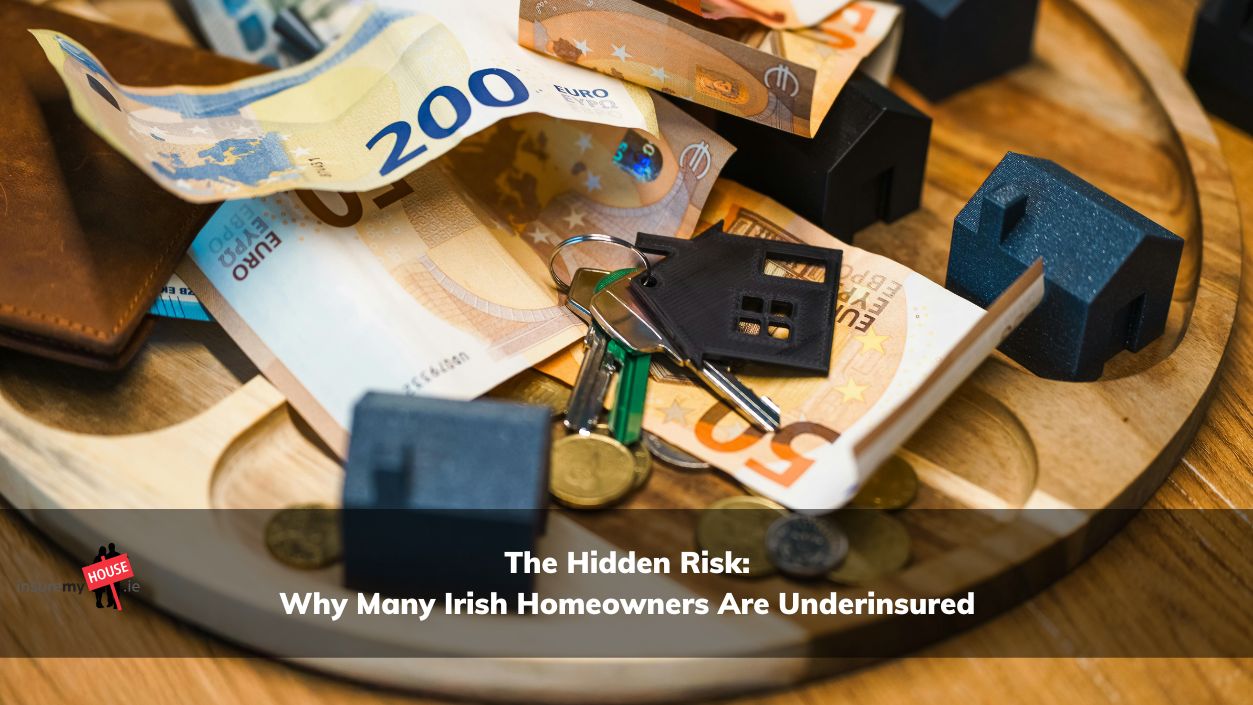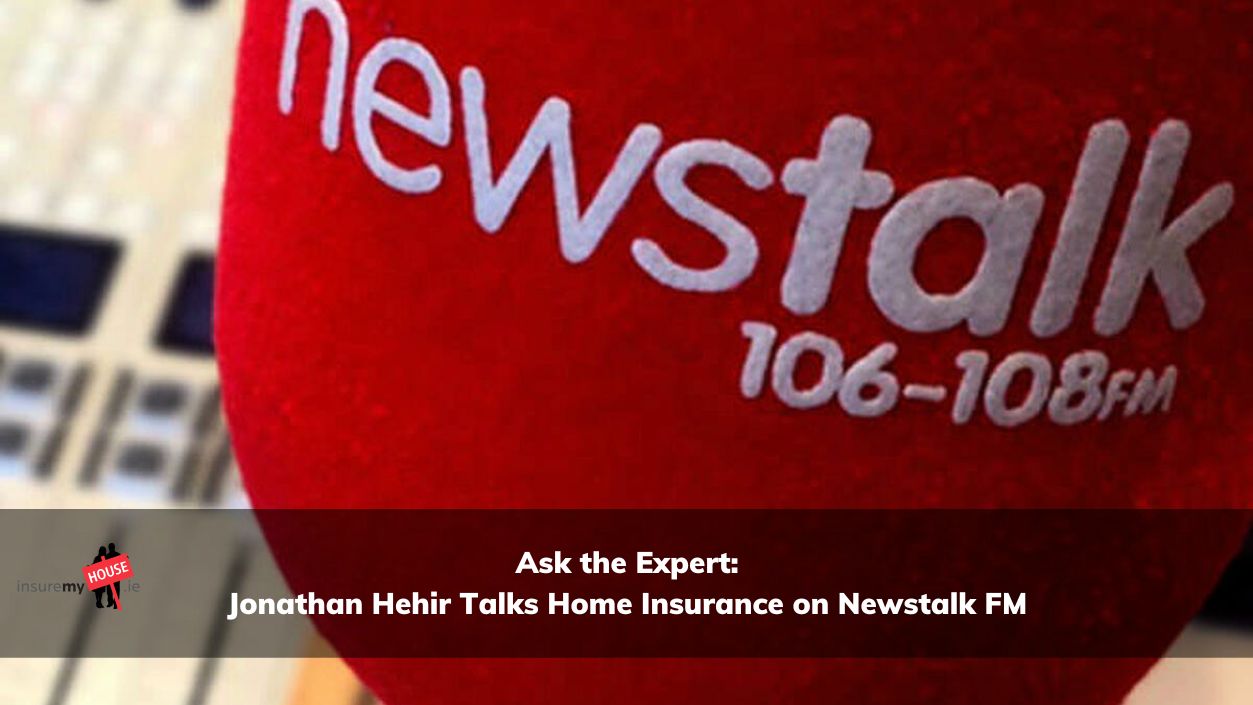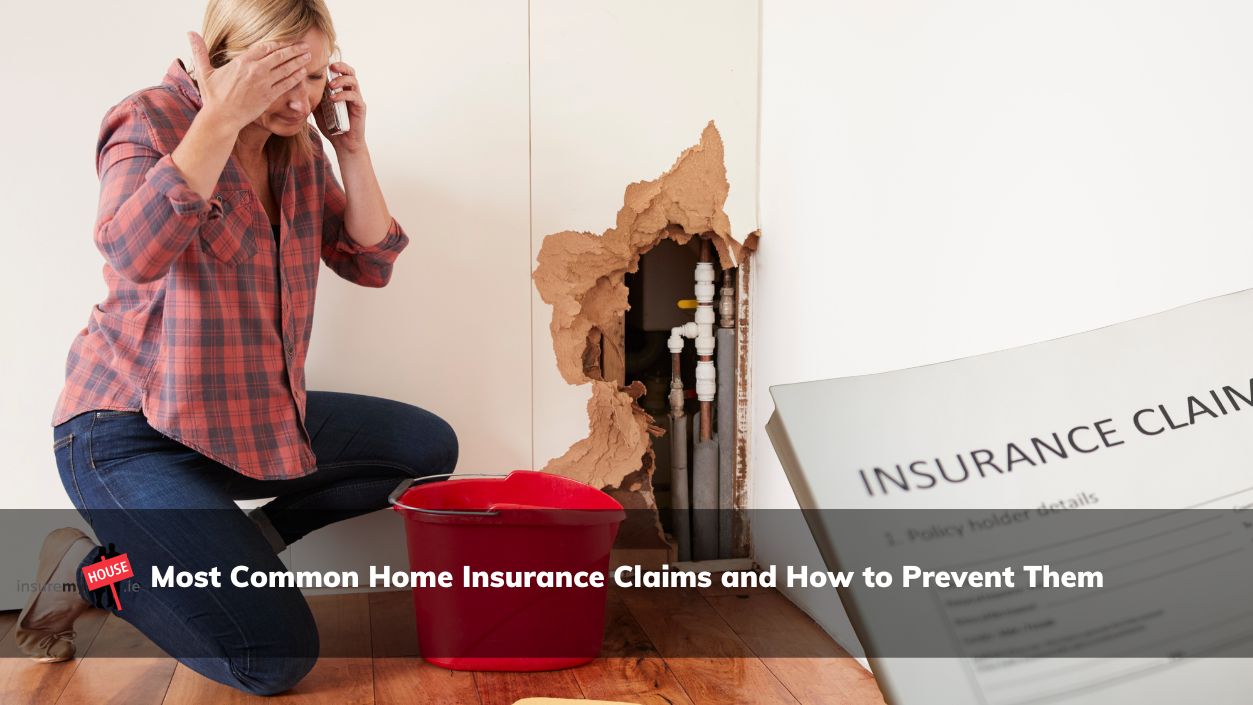Monday, 12 August 2024
What Are the Benefits of a Passive House in Ireland?
Discover the benefits of a passive house, a sustainable home design in Ireland that meets strict energy-efficient standards. Learn more today.
The concept of a passive house is rapidly gaining traction in Ireland as homeowners seek sustainable and energy-efficient living solutions. A passive house is designed to provide superior comfort while reducing energy consumption and minimising environmental impact. But what is a passive house, and why is it becoming a preferred choice for those looking to build or retrofit homes in Ireland? Not only do we offer great house insurance quotes, but we also provide tips on a wide range of topics to help you make informed decisions about your home.
What Is a Passive House?
A passive house is a building standard that is energy-efficient, comfortable, and affordable at the same time. It’s a construction concept that focuses on reducing the building’s ecological footprint. Passive houses achieve their energy efficiency through specific design principles. These include superior insulation, airtight construction, and strategic orientation to maximise natural heat and light. These homes require very little energy for heating or cooling, relying on natural resources and high-performance passive house systems to maintain a stable and comfortable indoor environment.

What Makes a Passive House Stand Out?
A passive house is not just an ordinary energy-efficient building; it’s a home that meets rigorous standards to ensure minimal energy usage. These standards focus on maximising the use of natural energy sources, such as sunlight, and minimising heat loss through advanced passive house design techniques.
The essence of the house lies in its ability to maintain a consistent indoor temperature throughout the year, with minimal reliance on conventional heating or cooling systems. This is achieved through high levels of insulation, airtight construction, and efficient passive house systems like mechanical ventilation with heat recovery (MVHR). These ensure fresh air circulates while retaining heat, providing a comfortable living environment.
The Growing Popularity of Passive Houses in Ireland
In recent years, passive houses have become a buzzword among architects, builders, and homeowners. The appeal of these homes lies not only in their energy efficiency but also in their potential to significantly reduce energy bills. With rising energy costs and increasing environmental awareness, more people are considering the long-term benefits of investing in a passive house.
Ireland's climate is particularly well-suited to the passive house concept. The moderate weather conditions make it easier to maintain the energy balance required, further enhancing its efficiency. As more builders become familiar with passive house systems, the availability of these homes is expected to grow, making it easier for homeowners to find qualified professionals who can deliver on the promise of sustainable living.

Key Components of Passive House Design
The design optimises the building's performance through innovative construction techniques. One of the primary elements is insulation. A passive house usually features high-quality insulation that wraps the building in a protective layer. This minimises heat transfer and keeps the indoor environment stable.
Another crucial aspect is airtightness. These houses are constructed to be extremely airtight, which prevents drafts and uncontrolled air leakage. This is complemented by systems such as MVHR (Mechanical Ventilation with Heat Recovery), which provide necessary ventilation without compromising the building's thermal performance.
Windows also play a significant role in the design. High-performance windows, often triple-glazed, are placed to maximise natural light while minimising heat loss. These windows, combined with proper shading, help maintain a comfortable indoor climate all year round.
Meeting Standards
Achieving passive house standards requires a commitment to precision and quality throughout construction. These standards are not just about energy efficiency. They also emphasise durability, comfort, and indoor air quality. To meet these standards, every aspect of the building, from the foundation to the roof, must be carefully considered and executed.
One of the most stringent requirements is the limitation on annual heating demand. A passive house must consume no more than 15 kWh per square metre of living space per year for heating, which is significantly lower than traditional buildings. This is made possible through the integration of all the design elements, creating a home that’s both eco-friendly and economical.
The Future of Passive House Living in Ireland
As Ireland continues to embrace sustainable living practices, the passive house movement is expected to grow. For homeowners, investing in a passive house means not only contributing to environmental preservation but also enjoying long-term financial benefits. Lower energy bills, increased property value, and a comfortable living environment are just some of the perks that come with living in a passive house.
As more builders and architects in Ireland gain experience, the construction of these homes will become more accessible and affordable. This, in turn, will encourage more people to make the switch to sustainable living.
A passive house offers a unique opportunity to live in harmony with the environment while enjoying unmatched comfort and energy efficiency. With the growing interest in these houses in Ireland, now is the perfect time to explore this innovative building approach.
If you're considering building or retrofitting a home, start your journey today. Protect your investment with comprehensive home insurance that covers every aspect of your sustainable living space. Get your home insurance quote now by visiting our website and secure your peace of mind.






